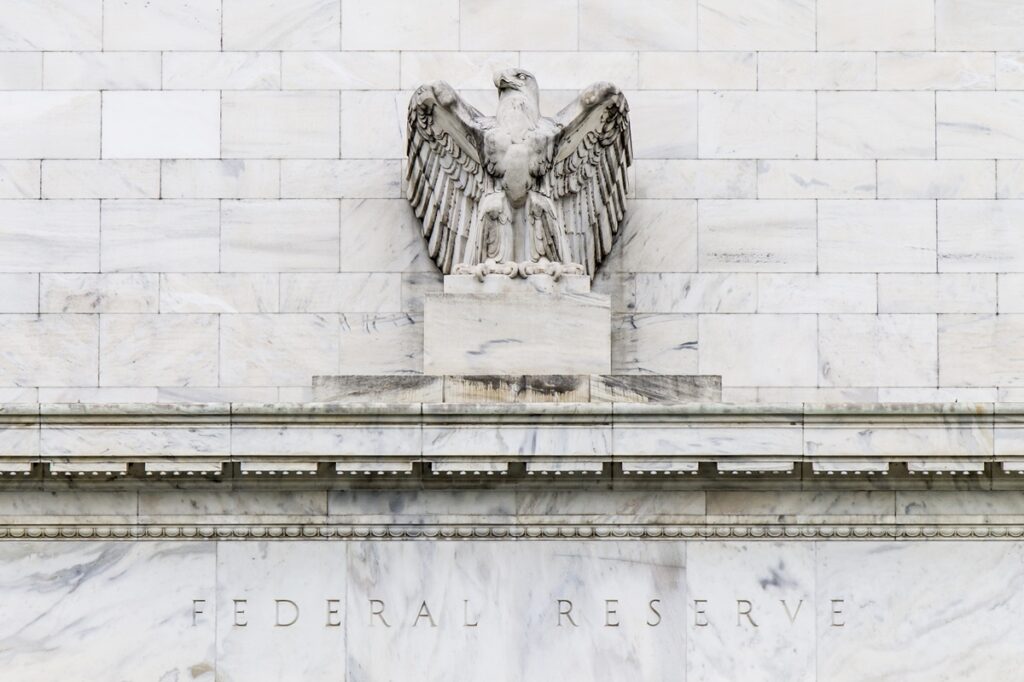On Thursday, the Federal Reserve Board hosted the Second Thomas Laubach Research Conference, a key component of the Federal Reserve’s review of its monetary policy strategy, tools, and communication.
Opening Remarks were presented by Jerome H. Powell, Chair, Board of Governors of the Federal Reserve System, who discussed how the Federal Open Market Committee (FOMC) will begin to analyze its framework, and the methods it uses to set interest rate policy and communicate it to the public, marking the first time the Fed will do so since 2020.
“We will reconsider aspects of our strategic framework in light of the experience of the last five years,” said Powell in his opening remarks. “We will also consider possible enhancements to the Committee’s [FOMC] policy communication tools regarding forecast uncertainty.”
The Fed will closely examine the lessons of the 2021 inflation surge and path that global interests took after this surge in crafting its new framework.
“We provide our monetary policy framework in a document entitled the Statement on Longer-Run Goals and Monetary Policy Strategy, which we refer to as the consensus statement, the language in the opening paragraph, which has never changed, articulates our commitment to fulfilling our Congressional mandate and explains clearly what we’re doing and why that clarity reduces uncertainty, improves the effectiveness of our policy and enhances transparency and accountability,” explained Powell.
The Fed’s current monetary policy framework was crafted in an environment of low inflation and interest rates bordering the zero percent range. Under these conditions, the Fed keyed in more on the risk of being unable to stimulate the job market than on how to respond to inflationary concerns.
Fed Sets the Monetary Tone
As per the Statement on Longer-Run Goals and Monetary Policy Strategy, monetary policy plays a significant role in stabilizing the economy in response to economic and financial disturbances. The FOMC’s means of adjusting the stance of monetary policy is through changes in the target range for the federal funds rate, and the Committee judges that the level of the federal funds rate consistent with maximum employment and price stability over the longer run has declined relative to its historical average. Therefore, the federal funds rate is likely to be constrained by its effective lower bound more frequently than in the past. Owing in part to the proximity of interest rates to the effective lower bound, the FOMC judges that downward risks to employment and inflation have increased.
“The structure of the economy evolves over time, and monetary policy-makers, strategies, tools, and communications need to evolve with it,” said Powell. “The challenges presented by the Great Depression differ from those of the great inflation and the Great Moderation, which in turn, differ from the ones we face today. A framework should be robust to a broad range of conditions, but also needs to be updated periodically as the economy and our understanding of it evolve.”
FOMC Structure and Presidential Powers
The President does not have direct control over the Federal Reserve’s policy decisions, but does have some influence. The President can nominate and appoint members of the Federal Reserve Board of Governors, including the chair, which can influence the overall direction of the Fed, and can also voice their opinions about monetary policy.
The President selects one member of the Board of Governors to serve as Chair of the board, who also serves as the FOMC (Federal Open Market Committee) Chair. The FOMC, which makes the actual monetary policy decisions, is made up of all seven governors and five of the 12 regional Federal Reserve Bank Presidents. While the chair has one vote like the other governors, the structure is designed to prevent one individual, including the president, from dictating decisions and policies.
“From 2012-2018, the FOMC voted at each January meeting to reaffirm the consensus statement in most years without substantive changes,” explained Powell of the Fed’s new stance at framework changes. “In 2019, we changed that practice, conducting our first ever public review, and said that we would repeat such reviews at roughly a five-year interval. There’s nothing magic about a five-year pace. We believe that frequency is appropriate to reassess structural features of the economy and to engage with the public, practitioners, and academics on the performance of our framework.”
For more on Fed Chair Powell’s address before the Thomas Laubach Research Conference, see the video below.







